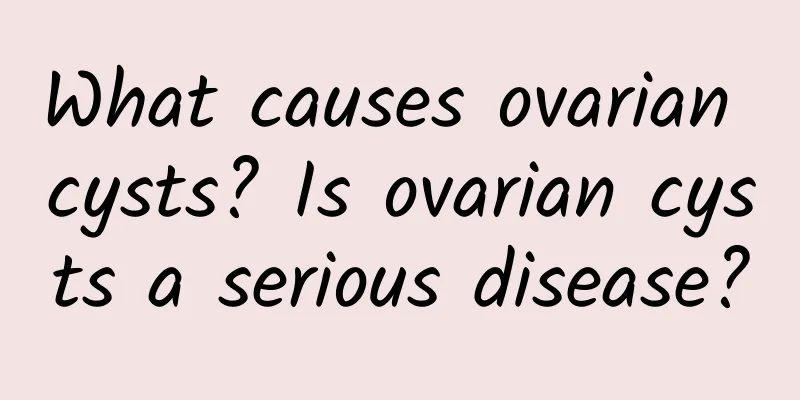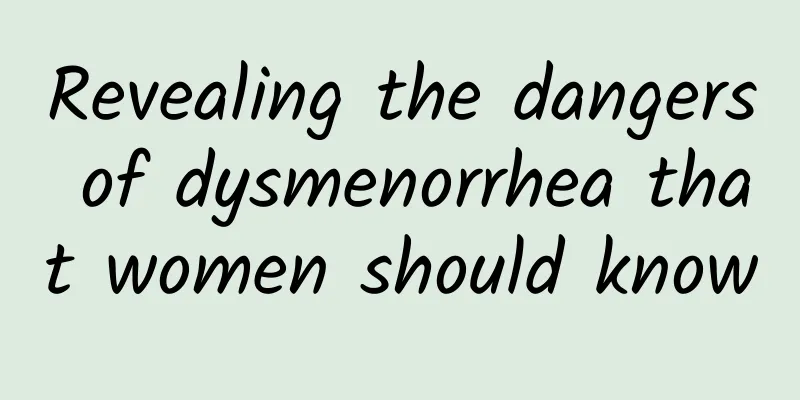What causes ovarian cysts? Is ovarian cysts a serious disease?

|
Ovarian cysts are fluid-filled sacs in the ovaries. They are generally asymptomatic, but patients may occasionally experience bloating, lower abdominal pain, or lower back pain. In rare cases, when a cyst ruptures or is combined with ovarian torsion, there may be severe abdominal pain, vomiting, or even near-fainting, but the vast majority of ovarian cysts are harmless.[1] Most ovarian cysts are functional cysts, including follicular cysts or corpus luteum cysts. In addition to functional cysts, endometriosis, dermoid cysts (a type of ovarian teratoma), and cystadenomas may also be causes of ovarian cysts. Many small cysts can be seen on both ovaries of patients with polycystic ovary syndrome, and cysts may also be left behind after pelvic inflammatory disease. Ovarian cancer can sometimes manifest as cysts, but this is quite rare. The diagnosis of ovarian cysts requires a pelvic examination with ultrasound, or other examinations to obtain detailed information that can help with the diagnosis.[1] Most ovarian cysts only require regular follow-up, but if an ovarian cyst causes pain, taking acetaminophen or ibuprofen may relieve symptoms. If ovarian cysts recur, taking birth control pills containing female hormones can prevent recurrences [1], but current evidence does not support the use of birth control pills to treat existing cysts [2]. If an ovarian cyst does not disappear after several months of observation or even becomes larger or abnormal in appearance, surgical removal may be an option. Surgery may also be an option if an ovarian cyst causes severe pain. It is normal for the ovaries of women of childbearing age to produce small cysts every month, but about 8% of women will experience larger cysts that cause discomfort before menopause. 16% of women will develop ovarian cysts after menopause. Compared with ovarian cysts before menopause, ovarian cysts that appear after menopause are more likely to be cancerous. I. Symptoms 1. Early symptoms Typical symptoms: no obvious clinical manifestations, lower abdominal discomfort, menstrual disorders, etc. Ovarian cysts have no obvious clinical manifestations in the early stages, and patients often seek medical treatment for other diseases, and are only discovered during gynecological examinations. Later, as the tumor grows, the patient will feel something. The symptoms and signs vary depending on the nature, size, development, and presence or absence of secondary degeneration or complications of the tumor. The initial symptom before the patient touches the lower abdominal mass is discomfort in the lower abdomen, which manifests as distension and a feeling of falling in the lower abdomen or iliac fossa. Pressing the abdomen reveals a mass in the abdomen, abdominal pain, and menstrual disorders. If the cyst is twisted, there will be severe abdominal pain, dyspnea, decreased appetite, nausea, and fever. Larger cysts will cause compression near the bladder, causing frequent urination and dysuria. 2. Abdominal masses If there are no complications or malignant changes, the biggest feature of abdominal masses below medium size is mobility, which can often move from the pelvic cavity to the abdominal cavity. The mass is generally not tender, but if there are complications or malignant changes, not only will the mass itself be tender, but there may even be symptoms of peritoneal irritation. 3. Ascites sign The presence of ascites is often a feature of malignant tumors, but benign cysts such as ovarian fibroma and papillary cystadenoma can also produce ascites. 4. Endocrine symptoms such as hirsutism, hoarse voice, clitoral hypertrophy, etc. are masculinization cysts. 5. Cachexia is characterized by extremely distended abdomen, significant weight loss, painful facial expression and severe exhaustion. II. Different types of cysts (1) According to the speed of tumor growth, size, characteristics, side, activity, and the presence or absence of complications, they can be divided into 1. Ovarian mucinous tumors: although the tumor is large, there are no obvious symptoms, cystic and slightly full, and slightly irregular in shape. 2. Ovarian fibroma: as big as a fist, solid, with a nodular feel on the surface, floating in the ascites, and with pleural effusion on one side. 3. Cystic teratoma: the same size, solid and relatively soft, bilateral growth, and no menstrual influence. 4. Benign tumor malignant transformation: If the above conditions suddenly grow rapidly, and part of the tumor becomes hard (cancerous) or soft (necrosis, bleeding), and changes from being movable to fixed. 5. Primary malignant ovarian tumor: It is solid at the beginning, grows bilaterally, develops rapidly, and is accompanied by ascites, even edema of one lower limb, malnutrition, and adenocarcinoma is the most common. 6. Gastrointestinal metastatic tumor: Gastrointestinal symptoms occur first, and then bilateral ovarian solid tumors are found. (2) According to the nature and location of the cyst, it can be divided into ⒈ Non-neoplastic ovarian cysts: also called functional cysts, ovarian tumor-like lesions: This is the most common cyst. Pregnancy lutein tumor, ovarian stromal hyperplasia, theca cell hyperplasia, severe ovarian edema, single, multiple follicular cysts, corpus luteum cysts, multiple luteinized follicular cysts, multiple corpora lutea, etc., among which follicular cysts and corpus luteum cysts are the most common. It occurs in women of childbearing age during the ovulation cycle, unilateral, thin-walled, and with a diameter of more than 10 mm. |
>>: What causes endometrial polyps? What is the best way to treat endometrial polyps?
Recommend
The amount of food waste in Taiwan in one day is enough to pile up 70 Taipei 101 buildings! Nutritionists teach 4 tips for choosing low-carb New Year dishes
The amount of food waste in Taiwan in one day can...
What actions can cause miscarriage?
Generally, there is no saying that "some act...
Will Qi and blood imbalance lead to irregular menstruation? Early treatment is recommended
Qi and blood imbalance can lead to menstrual diso...
Be vigilant about the three major hazards of habitual abortion
Habitual miscarriage can easily lead to thinning ...
Do you know what early symptoms of ectopic pregnancy are?
What are the early symptoms of ectopic pregnancy?...
What to do if you have stomach pain after miscarriage?
What to do if you have stomach pain after miscarr...
7 yoga leg stretches to get thin and straight legs!
[Core Tip]: How to reduce leg muscles? Teach you ...
What should I do if I can only eat rice when eating out? Nutritionists recommend…
Friends often ask Stella that they often hear nut...
How to prevent chocolate cysts
Chocolate cysts are relatively common in clinical...
Can congenital absence of vagina recur?
Can congenital absence of vagina recur? In fact, ...
Let's see what causes a decrease in menstrual flow?
Reduced menstrual volume is a common disease, and...
What can't you eat if you have vaginitis?
People with vaginitis should avoid eating spicy f...
What medicine to take to regulate menstrual disorders
What medicine should I take to regulate menstrual...
Is the best time to walk in the morning to lose weight and prevent cancer? Or at night?
There are many benefits of brisk walking, includi...
Can I check my sex hormones if there is no bleeding on the fourth day of my period?
Can I check my sex hormones if there is no bleedi...









